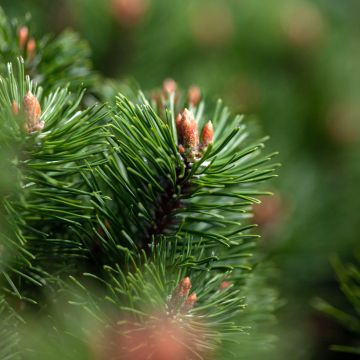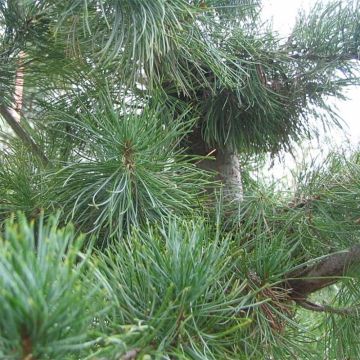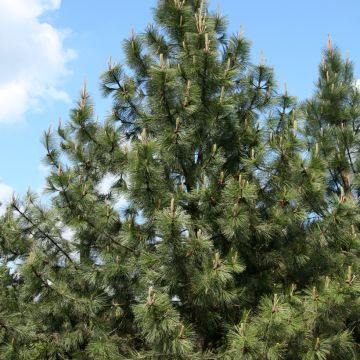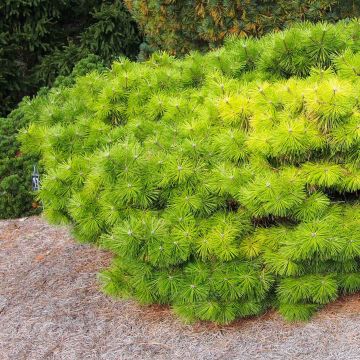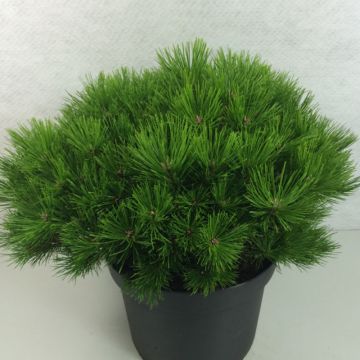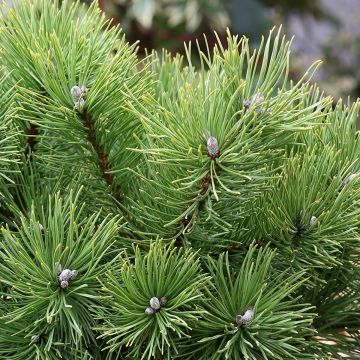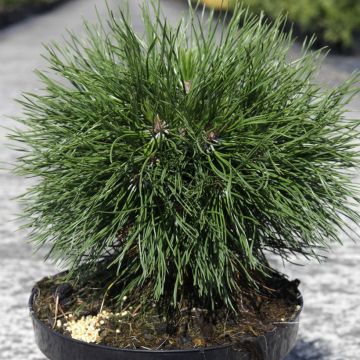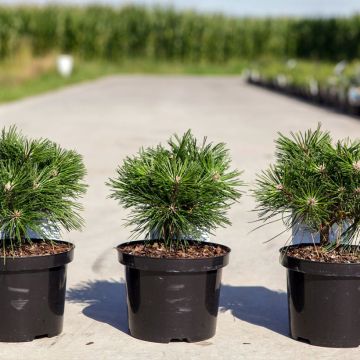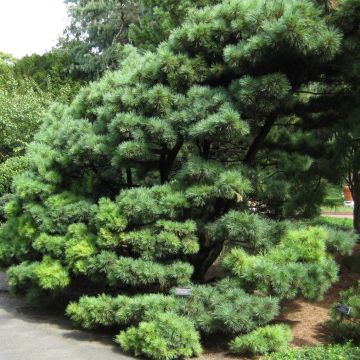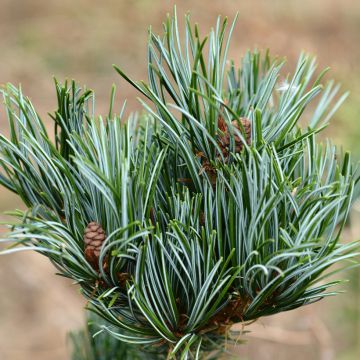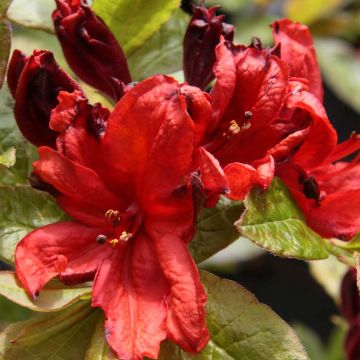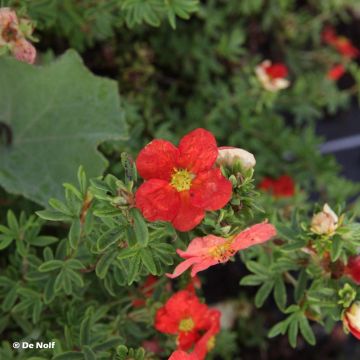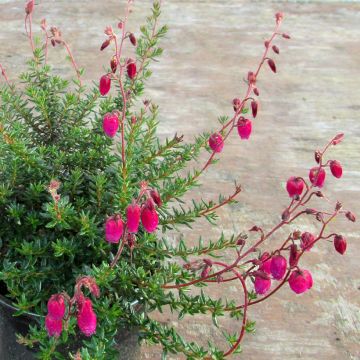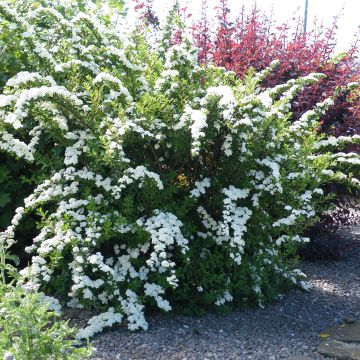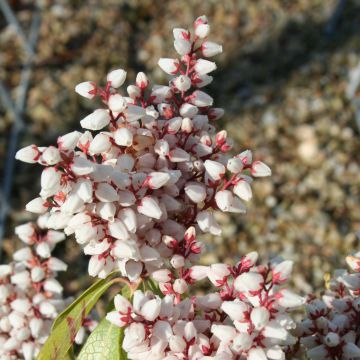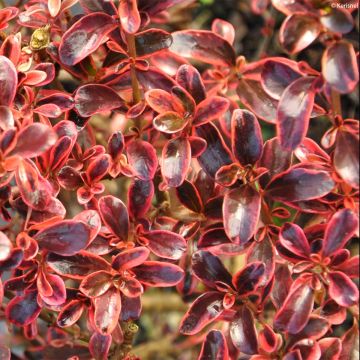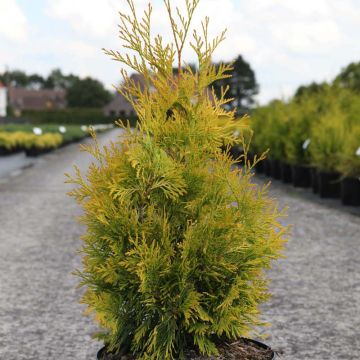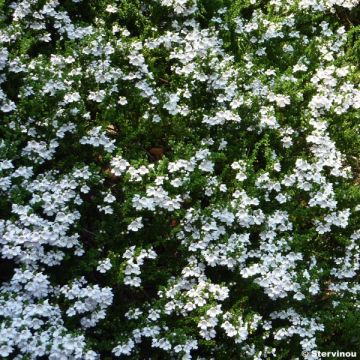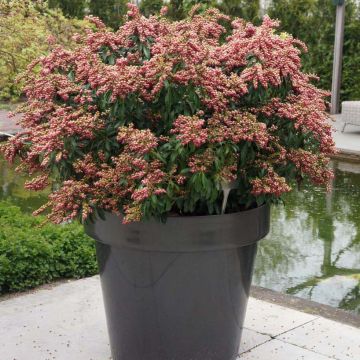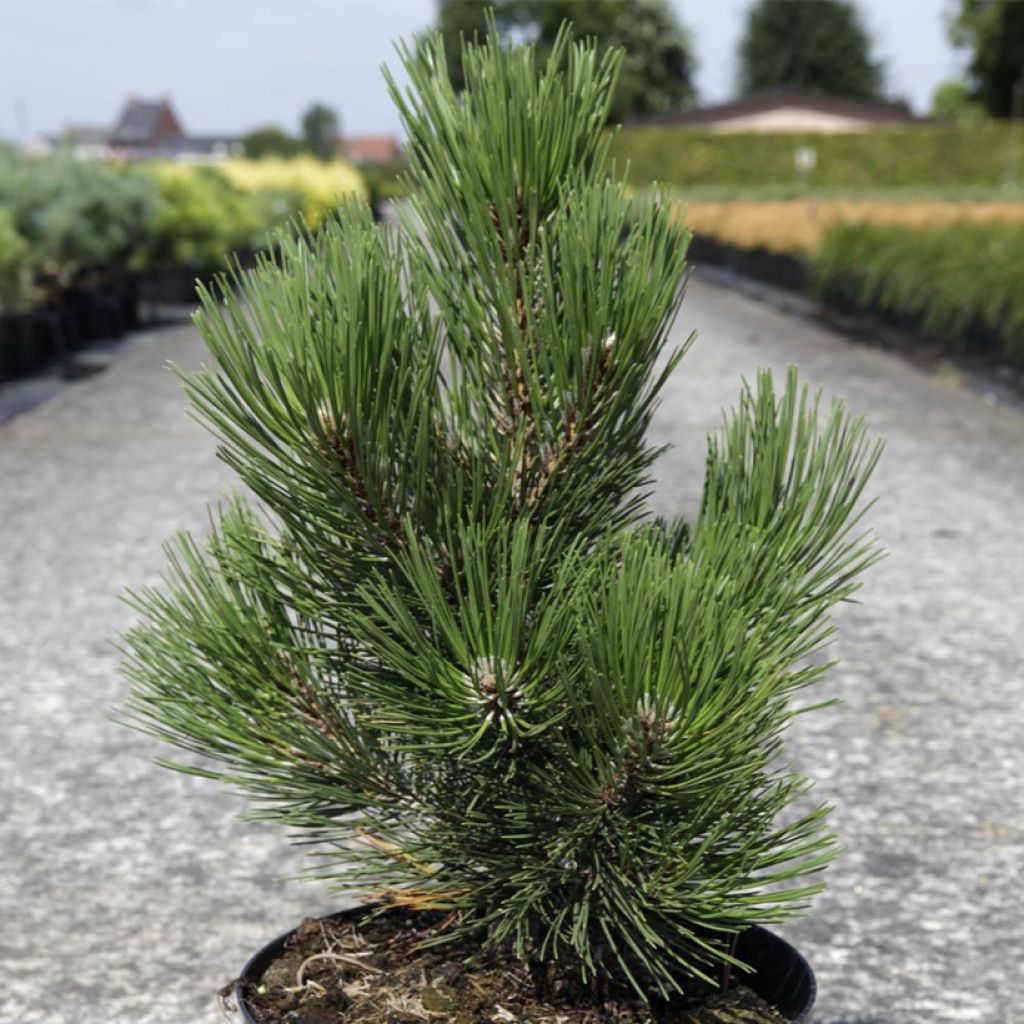

Pinus heldreichii Malinkii - Bosnian Pine
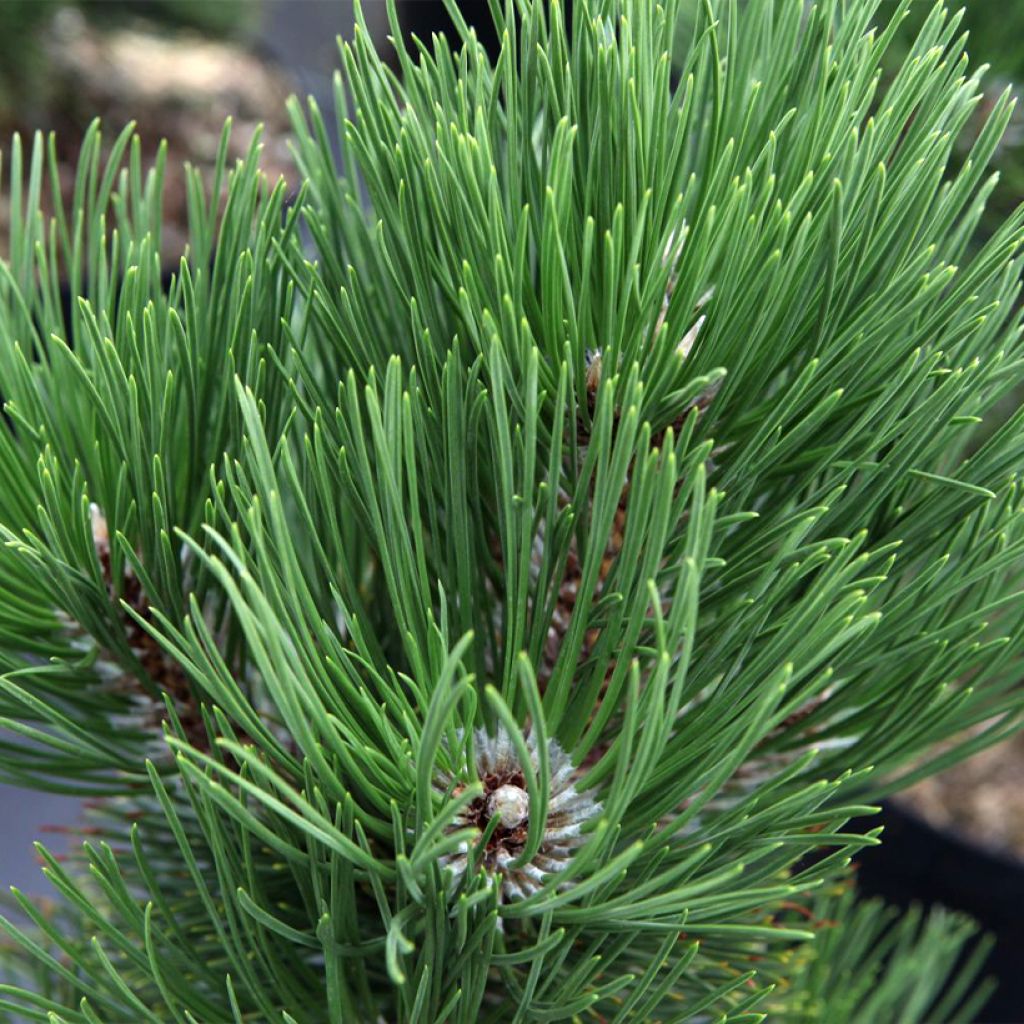

Pinus heldreichii Malinkii - Bosnian Pine
Pinus heldreichii Malinkii - Bosnian Pine
Pinus heldreichii Malinkii
Bosnian Pine, Heldreich's Pine
This item cannot be shipped to the selected country
Delivery charge from €5.90
Delivery charge from €5.90
Delivery to Corse prohibited
More information
Delivery charge from €5.90
Delivery charge from €5.90
Delivery to Corse prohibited
More information
Schedule delivery date,
and select date in basket
This plant carries a 24 months recovery warranty
More information
We guarantee the quality of our plants for a full growing cycle, and will replace at our expense any plant that fails to recover under normal climatic and planting conditions.
From €5.90 for pickup delivery and €6.90 for home delivery
Express home delivery from €8.90.
From €5.90 for pickup delivery and €6.90 for home delivery
Express home delivery from €8.90.
Delivery to Corse prohibited: UE law prohibits the import of this plant from mainland France to Corse as part of the fight against Xylella fastidiosa. Please accept our sincere apologies.
More information
Does this plant fit my garden?
Set up your Plantfit profile →
Description
The Pinus heldreichii Malinkii is a very rare small-sized Bosnian pine in cultivation that deserves to be discovered for its ease of cultivation and adaptability to a wide range of soils and climates. While not spectacular, this small conifer slowly forms an attractive pyramid of emerald green colour, which is decorative even in winter, elegantly structuring all small spaces, from rockeries to terraces and well-ordered flower beds.
The Pinus heldreichii is an evergreen plant of the Pinaceae family, native to the mountains of southeastern Europe, from southwestern Bulgaria, Bosnia and Herzegovina, through Macedonia, to northern Greece and southern Italy. It grows between 900 and 2,500 meters (2952 feet 10 inches and 8 feet 2 inches) in altitude and reaches a height of 25 to 35 meters (82 to 114 feet 10 inches) and forms a trunk with a diameter of 2 meters (6 feet 7 inches) in its natural environment. A champion of longevity, this well-groomed conical tree can live for more than 1000 years.
The 'Milinkii' variety is distinguished from the wild species mainly by its smaller size and much denser vegetation. Its growth is very slow, so that after 10 years, it forms a fairly wide pyramid, reaching about 1.50 meters (4 feet 11 inches) in height and 1 meter (3 feet 4 inches) in width. Its trunk bears upright branches, from which sprout branches covered with fine and very short needles, grouped in pairs, the base of which is enclosed in a persistent sheath. They are arranged in broad brushes. The large brown buds that appear in September at the end of the branches form a pleasant contrast with the emerald green foliage. The young spring shoots are a lighter, very vivid green.
The dwarf Bosnian pine 'Malinkii' will find its place in all gardens, even of modest size, and will bring a lot of satisfaction over time. It can be planted in rockeries or flower beds, associated with other conifers or shrubs. This beautiful conifer is ideal for decorating balconies or terraces without causing any worries for many years. It works wonders in contemporary or French gardens and goes well with large stones, geometric lines of pools, and masonry works. It can be associated with complementary grasses, sacred bamboo, or prostrate (Juniperus horizontalis Blue Chip), globose (Picea abies Little Gem), or columnar (Juniperus communis 'Sentinel') dwarf conifers.
Pinus heldreichii Malinkii - Bosnian Pine in pictures
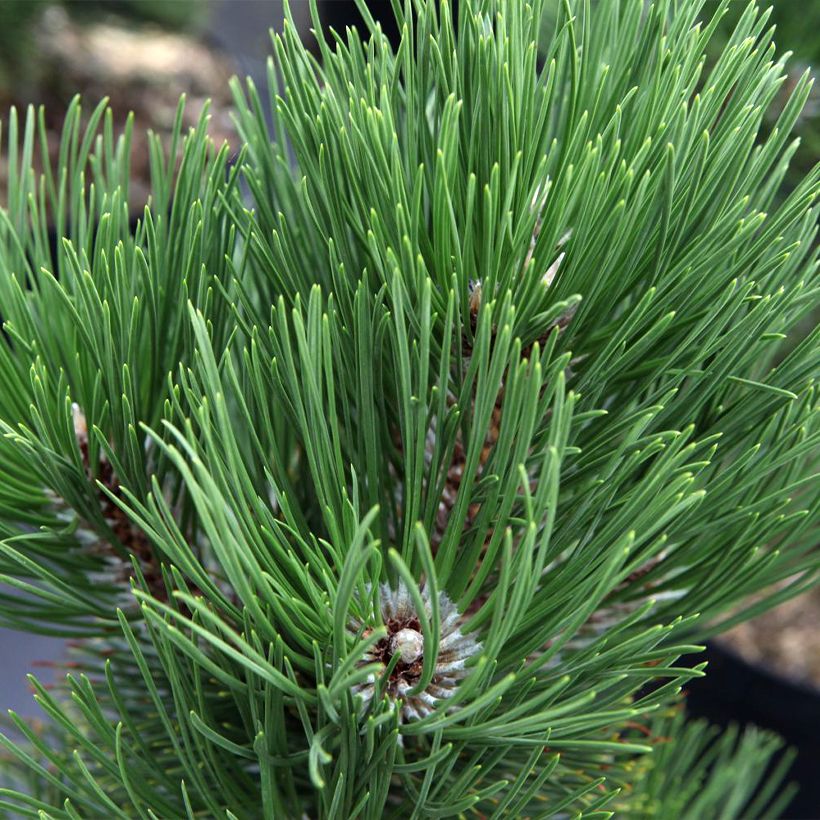

Plant habit
Foliage
Botanical data
Pinus
heldreichii
Malinkii
Pinaceae
Bosnian Pine, Heldreich's Pine
Cultivar or hybrid
Other Pinus - Pine
Planting and care
The Malinkii Bosnian Pine is planted from September to November and from February to June in ordinary soil, rather fertile and well-drained. It is not picky about the nature of the soil, as long as it is not waterlogged. Choose a very sunny location, or possibly partially shaded in a hot climate. Soak the root balls well before planting. Add organic amendment to the planting hole and water generously in the first few years, and in case of prolonged drought. In poor soil, apply a special conifer fertilizer every year in April and cultivate the soil in summer. This hardy conifer (up to -20°C (-4 °F) at least) is not afraid of wind and tolerates drought once established. To maintain or enhance the habit of this bush, you can optionally perform light annual pruning between May and June by shortening the young shoots. Pruning of branches and branches, on the other hand, will be done from September to November.
Planting period
Intended location
Care
This item has not been reviewed yet - be the first to leave a review about it.
Shrubs for pots
Haven't found what you were looking for?
Hardiness is the lowest winter temperature a plant can endure without suffering serious damage or even dying. However, hardiness is affected by location (a sheltered area, such as a patio), protection (winter cover) and soil type (hardiness is improved by well-drained soil).

Photo Sharing Terms & Conditions
In order to encourage gardeners to interact and share their experiences, Promesse de fleurs offers various media enabling content to be uploaded onto its Site - in particular via the ‘Photo sharing’ module.
The User agrees to refrain from:
- Posting any content that is illegal, prejudicial, insulting, racist, inciteful to hatred, revisionist, contrary to public decency, that infringes on privacy or on the privacy rights of third parties, in particular the publicity rights of persons and goods, intellectual property rights, or the right to privacy.
- Submitting content on behalf of a third party;
- Impersonate the identity of a third party and/or publish any personal information about a third party;
In general, the User undertakes to refrain from any unethical behaviour.
All Content (in particular text, comments, files, images, photos, videos, creative works, etc.), which may be subject to property or intellectual property rights, image or other private rights, shall remain the property of the User, subject to the limited rights granted by the terms of the licence granted by Promesse de fleurs as stated below. Users are at liberty to publish or not to publish such Content on the Site, notably via the ‘Photo Sharing’ facility, and accept that this Content shall be made public and freely accessible, notably on the Internet.
Users further acknowledge, undertake to have ,and guarantee that they hold all necessary rights and permissions to publish such material on the Site, in particular with regard to the legislation in force pertaining to any privacy, property, intellectual property, image, or contractual rights, or rights of any other nature. By publishing such Content on the Site, Users acknowledge accepting full liability as publishers of the Content within the meaning of the law, and grant Promesse de fleurs, free of charge, an inclusive, worldwide licence for the said Content for the entire duration of its publication, including all reproduction, representation, up/downloading, displaying, performing, transmission, and storage rights.
Users also grant permission for their name to be linked to the Content and accept that this link may not always be made available.
By engaging in posting material, Users consent to their Content becoming automatically accessible on the Internet, in particular on other sites and/or blogs and/or web pages of the Promesse de fleurs site, including in particular social pages and the Promesse de fleurs catalogue.
Users may secure the removal of entrusted content free of charge by issuing a simple request via our contact form.

































